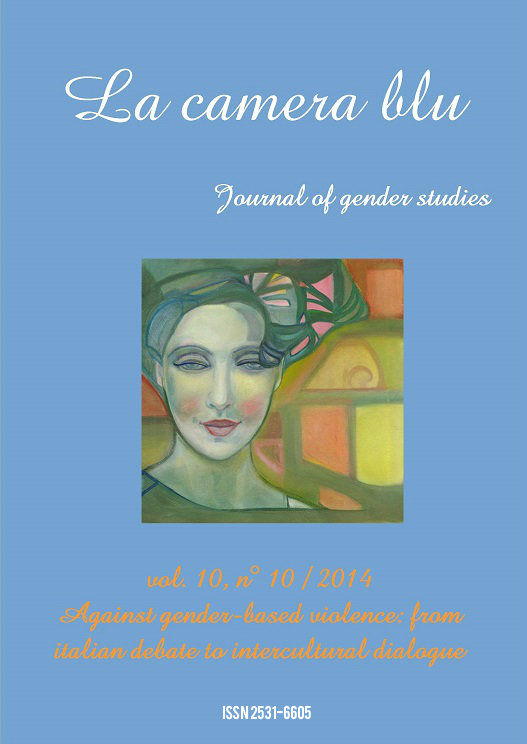Gender violence and shame. The visible and the invisible, from the clinical to the social systems
Abstract
The traumatic experience of violence is, in its nature, unspeakable. It causes
in the victim a deep wound in identity, changes in the dynamics of psychic
investments producing a failure of the ability to symbolize, thus breaking
the rules that characterize the usual development of thought. Some
affections related to the body prevail, above all the shame which expresses
itself in characteristics which reinforce the element of trauma. The loss of a
capacity to represent and symbolize is not only a psychic dynamic, but it
also reproduces itself in the social systems, shaping that zone of “silent
concealment”, that drives the phenomenon of gender violence. The
psychoanalytical reflection on the relationship between guilt and shame
seems to be a priority in dealing with and at the same time highlighting the
risk of victim blaming intended in terms of the unconscious defensive
dynamics expressed by the social systems. We will consider the importance
in the therapeutic intervention of the work of reconstruction and
historicization, to be able to reactivate representation which allows the
integration and the chance to distinguish the imaginary plane of the
traumatic event from the real one. The psychoanalytical approach to the
groups provides an interpretative model to articulate the psychic and the
social space.
Downloads
Copyright (c) 2014 La camera blu. Rivista di studi di genere

This work is licensed under a Creative Commons Attribution 4.0 International License.

Questa opera è distribuita con licenza Creative Commons Attribuzione - Non opere derivate 4.0 Unported.

